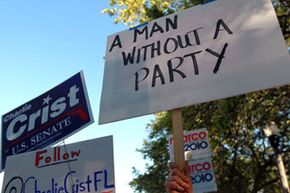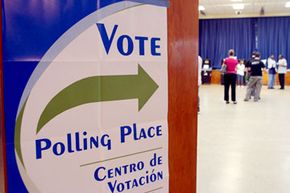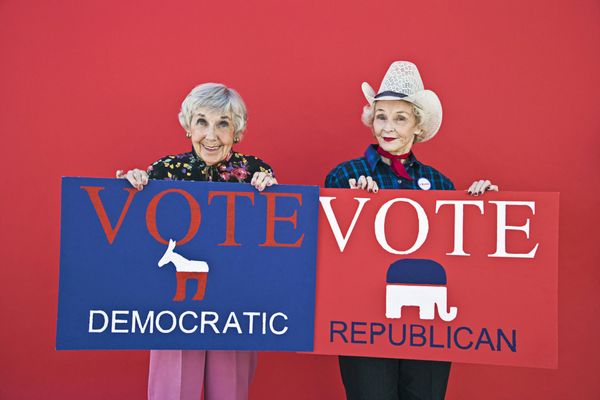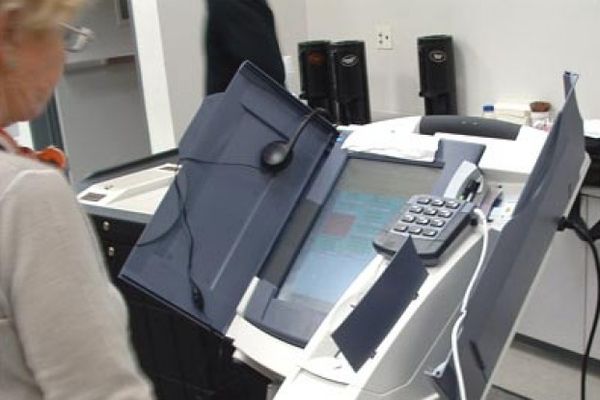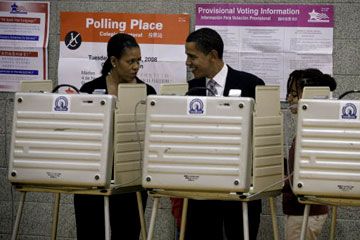In 1976, political scientists Richard G. Niemi and Herbert F. Weisberg made a radical prediction about the future of American elections. Based on polling data, the academics asserted that Americans were in the midst of a transition away from establishment politics that pits Republicans against Democrats every four years. Bell-bottom-clad young adults at the time demonstrated little loyalty to either major party, which the political scientists believed might portend an approaching era of independent voters and candidates [source: Bartels]. In addition, a 1976 survey conducted by the American National Election Studies group concluded that just 46 percent of adults even noticed significant differences between the Republican and Democratic parties [source: Day].
Thirty-five years later, a Gallup poll suggested that Niemi and Weisberg had made a winning forecast. As of 2011, 40 percent of American voters identified as independent, the highest proportion on record since Gallup began tallying up political affiliations in 1988 [source: Jones]. Though there has been a statistical uptick in self-labeled independent voters in recent decades, that development hasn't brought along a complementary decline in partisanship, however. On the contrary, in the 2008 American National Election Studies survey, 78 percent of respondents agreed that "important differences" exist between the two major parties [source: Day].
Advertisement
Even in a contemporary political atmosphere still dominated by conflicting parties that generally agree on minimal platforms, independent voters' stock has continued to rise because they've come to represent one of the most influential blocs within America's diverse voting pool. The group first received national recognition in the 1980 presidential race when the so-called Reagan Democrats pulled their levers for the Gipper, motivated to cross party lines due to his social conservatism. More recently, swing voters -- independents known to party hop from election to election -- were considered crucial for President Barack Obama's 2008 victory; he claimed 52 percent of independent voters [source: Zeleny and Sussman].
But why do they go rogue in the first place?
Advertisement
